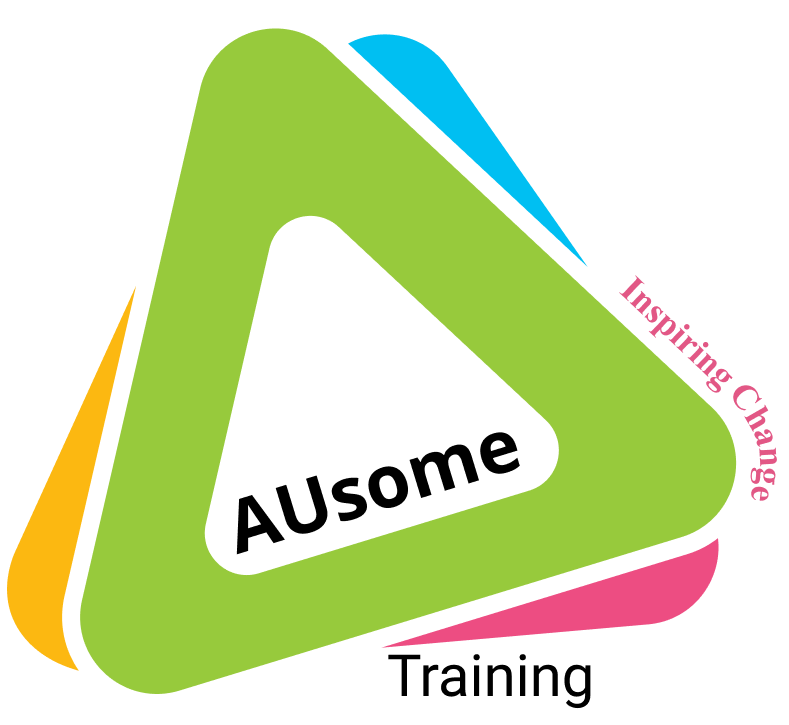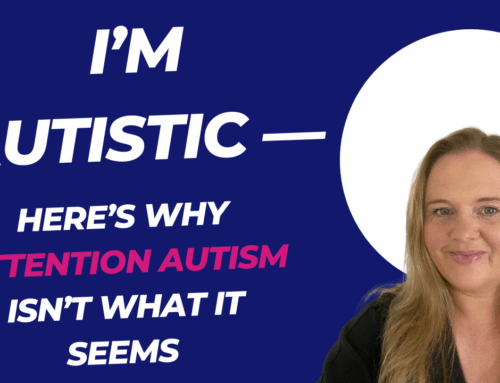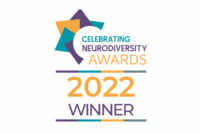I’ve seen some comments on posts about Disability Pride Month (July each year since 1990) that argue the idea of disability pride is absurd and illogical. In terms of the perspective they’re taking, they have a point. The problem is, that point is based on a misunderstanding of what disability pride is.
The argument, essentially, is that being proud of disability just doesn’t make sense. Regardless of whether you interpret disability as a range of impairments that limit or obstruct daily living, or understand disability as primarily about social structures that limit or obstruct daily living… disability boils down to limitations and obstructed daily living. There’s nothing in there to be proud of.
So how is this missing the point?
We can understand Pride with a capital ‘P’ in two ways. One goes back to the origins of the concept more than 50 years ago which tells us “pride is protest.” In this sense Disability Pride is a protest against the social marginalisation, dehumanisation, discrimination etc. that disabled people experience.
It is saying, for example, that biases in recruitment and employment are unacceptable, especially when combined with state barriers to accessing welfare and supports, and doubly especially when these coincide with increased living costs that most if not all disabled people need to overcome in order to gain even basic levels of quality of life.
This is also pointing to regulations around business ownership, driving, independent living, alternate education pathways, and access to communicate and engage with healthcare, educators, police, local government through text rather than speech, audio rather than email, remotely rather than in person, and so on.
Pushing back against institutional inertia when it comes to equitable access is very much in the spirit of every pride movement to date. So, too, is taking up space in public places – this is why parades are such a huge part of LGBTQIA+ Pride events for example. It is through contact with open, celebratory expressions of identity that we come to build better understanding and connection. This also applies to protest marches and vigils, occupation of physical spaces and loud and proud online presence.
It is saying “This is my space too. I belong here too!”
In short, disabled people are human – entitled to equal rights and opportunities. Fighting for those is a good and noble thing to do… something to be proud of.
And because we are human, being seen by others and treated as equals, and creating and engaging in community in joyous and meaningful ways is part of what sustains us. We all need this.
These are things many disabled people do not have easy access to. Just getting there is a struggle, and taking part – however you do that – is an achievement. You’re rightfully proud of your achievements; we are too!
And that hints towards the other way Disability Pride makes sense. Getting there takes additional work simply because of the obstacles in the way, and in particular because of the ‘S-word’: shame. There is a long, long history of shaming, infantilising, imposing dependency, and dehumanising disabled people. None of that happens without taking a significant psychological toll on disabled people.
We can understand Pride as a conscious push back against shame – defiance in the face of marginalisation and dehumanisation.
Pride, then, is also confidently stating “I will not be silent; I will not be unseen; I will take up my space in this world just as I am, and demand equitable treatment and respect.”
Which loops us back to the start really… because just doing that is a kind of protest.
This is why Disability Pride makes sense, why it matters, and why we should do what we can to amplify discussions and information on the topic.
Do you still struggle with the idea of Disability Pride? Or have you embraced it?
Do you celebrate Disability Pride in your life? If so, tell us about it!




